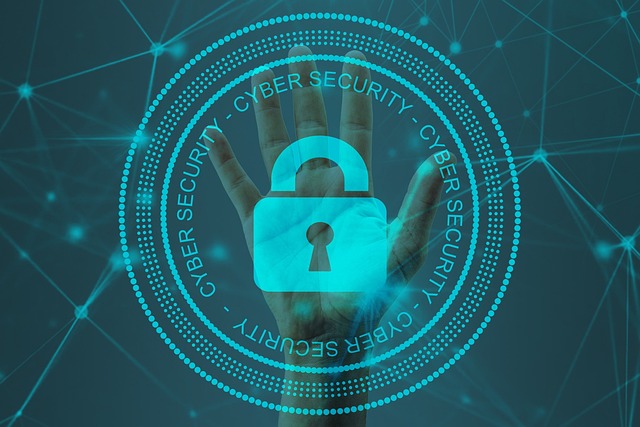In the fast-moving world of technology, cybersecurity has become the backbone of digital safety. As we step into 2025, cyber threats are becoming more advanced, driven by artificial intelligence (AI), automation, and global connectivity. The future of cybersecurity is no longer just about firewalls and passwords — it’s about intelligent systems that can predict, prevent, and adapt.
🔒 1. AI and Machine Learning in Cyber Defense
The biggest revolution in 2025’s cybersecurity landscape is the integration of Artificial Intelligence. AI-driven tools can detect unusual patterns, identify potential attacks in real time, and automatically respond before any damage occurs.
Machine learning algorithms continuously learn from past incidents, making threat detection faster and more accurate. This proactive defense system marks a major shift from traditional, reaction-based security models.
🧠 2. Rise of Zero-Trust Architecture
The “Zero Trust” approach — never trust, always verify — has become the global cybersecurity standard in 2025. Instead of giving blanket access to users, systems now authenticate every device and user, no matter where they are.
This model has drastically reduced insider threats and data breaches, especially in remote and hybrid work environments.
🧩 3. Cloud Security Takes Center Stage
With most organizations moving to the cloud, cloud security is one of the top priorities in 2025. Companies are investing in encryption, access control, and automated compliance systems to protect sensitive data.
Cybercriminals are now targeting cloud-based databases, so maintaining strong cloud hygiene and multi-layered protection is crucial.
🌐 4. Cybersecurity for the Internet of Things (IoT)
From smart homes to connected cars, billions of IoT devices are now online — and each one can be a potential entry point for hackers.
The future of cybersecurity in 2025 depends heavily on IoT protection. Manufacturers are adding built-in encryption and regular firmware updates to safeguard connected ecosystems.
🧍♂️ 5. Human Awareness Remains Key
Even the strongest security systems can fail due to human error. Phishing, weak passwords, and careless data sharing remain top vulnerabilities.
That’s why cybersecurity awareness training has become mandatory in many organizations. Educating employees to recognize and respond to threats is as important as using advanced security tools.
🪙 6. Blockchain and Quantum Encryption
Emerging technologies like blockchain and quantum encryption are redefining cybersecurity. Blockchain ensures transparency and tamper-proof records, while quantum encryption creates near-impossible-to-hack communication channels.
By 2025, these technologies are laying the foundation for a more secure digital world.
⚙️ Final Thoughts
The future of cybersecurity in 2025 is smarter, faster, and more adaptive than ever before. As cybercriminals evolve, so must our defense systems. AI, blockchain, and zero-trust frameworks are leading the way — but the human element remains the ultimate line of defense.
In a world where every click, file, and message matters, cybersecurity is no longer an option — it’s a necessity. Staying informed, prepared, and proactive will define who thrives in the digital age.





Leave a comment